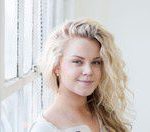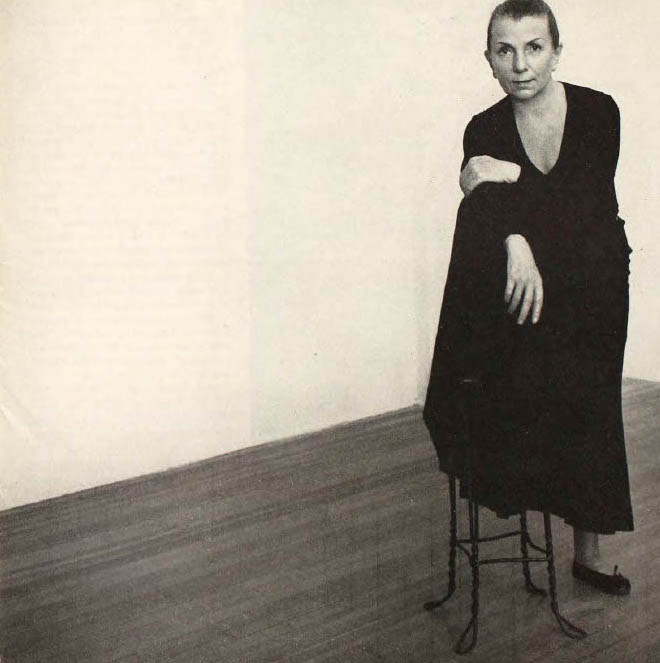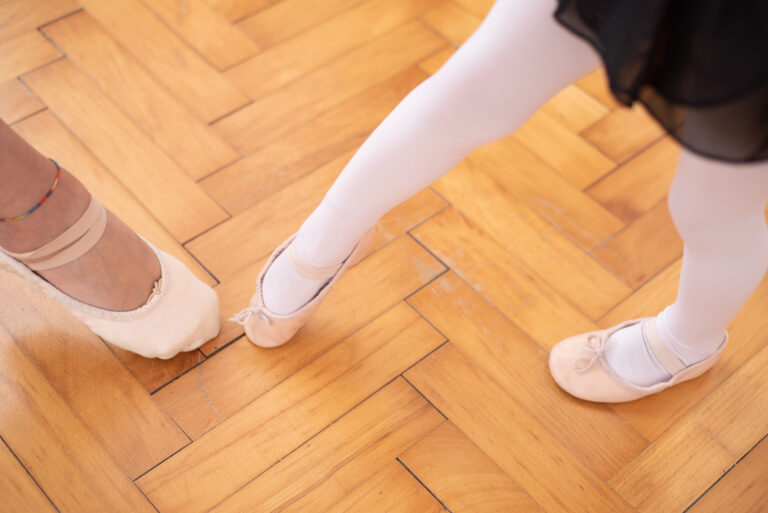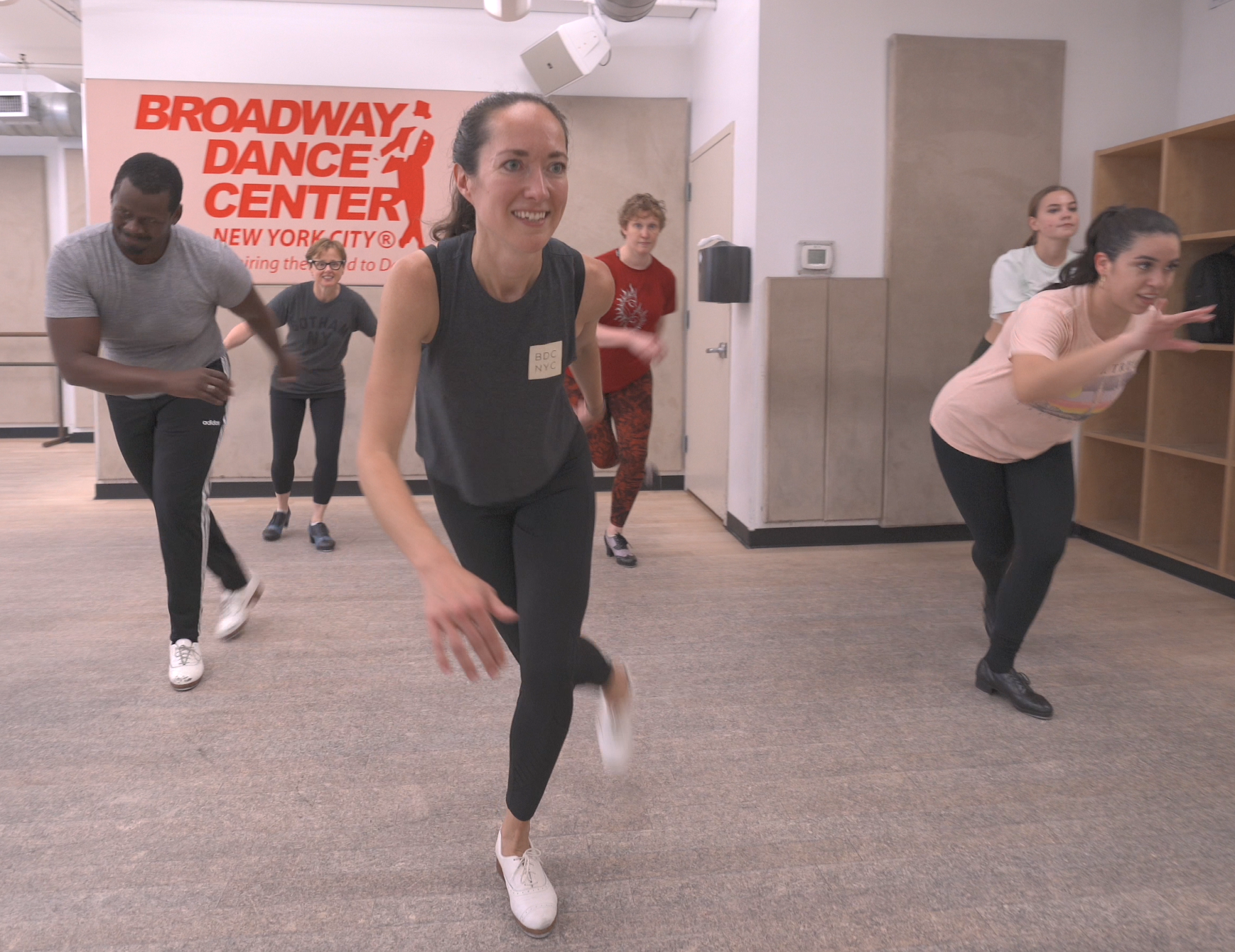
April Cook never planned on becoming a dance teacher, but it seems her unexpected career path was meant to be. After all, her natural tap talent and thoughtful teaching practices have made her a wildly popular tap educator at Broadway Dance Center (BDC) in New York City.
Cook grew up dancing at a school in Charlotte, North Carolina, called Miss Donna’s School of Dance. She trained in a range of styles (her favorite at the time was hip hop), but it was during her junior and senior years of high school when she transferred to a Rhythm Dance Studio that her teacher, Barbara Morgan Eaves, really cultivated her natural ability for tap. After graduating from high school, Cook attended college at the University of North Carolina (UNC) at Chapel Hill, where she studied journalism and psychology. While there, she was required to take a phys-ed credit. Although she wanted to dance, the school didn’t offer any tap classes, so Cook got permission to take Gene Medler’s class at Duke for credit. “On the first day of class Gene passed out a syllabus with the names of a bunch of tap dancers and movies we were supposed to watch, terms of steps and where they came from, etc.,” she says. “I had no idea tap was so rich in history. Nobody had ever told me about it—I would just do some shuffles and be on my way. Learning about the history of tap really got me hooked.”
Throughout her college experience, Cook taught classes at studios in the area and even got an internship at BDC in the summer between her junior and senior years at UNC Chapel Hill. Then after graduating, she landed a PR and marketing job at BDC. Cook attended classes taught by Michelle Dorrance, Mike Minery and Frank Hatchett, among others, but had no intention of becoming a teacher herself. One day, one of the teachers needed a last-minute substitute because they couldn’t make it to class, and Cook was asked to teach for them. “I’ll admit, it wasn’t the best class,” she says. “But I’m glad I took the leap because I realized how much fun it was. I started jumping in and subbing more regularly, and then eventually got on the schedule.”
Cook now teaches an advanced-beginner class on Tuesdays and an intermediate class on Thursdays for dancers who primarily fall between the ages of 18 and 35. She also teaches the teen and youth program at the school, as well as for Open Call (convention).
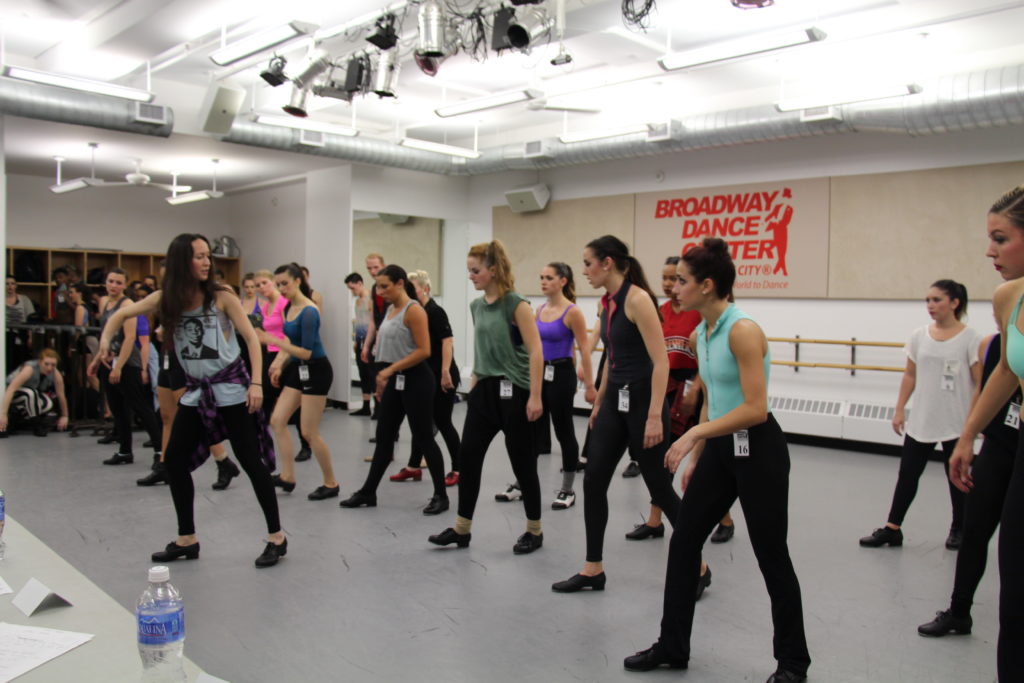
Here, she shares some of her favorite teaching tools, including the tap shoes she can’t live without, the tap video she thinks everyone simply must watch, and the teaching technique that makes all the difference.
Go-to teaching warm-up: “I never do a warm-up before I teach because I do the full warm-up with my students!”
The tap shoe she can’t live without: “Jason Samuels Smith White Tap Shoe by Bloch. I love this shoe! There is a bit of a lining on the inside, so there is no breaking-in period, and the taps come with them, so you don’t have to take them to get the taps put on. You take them out of the box, put them on your feet and go dance. You don’t get blisters, and they sound really good.”
On teaching tap technique: “I like to focus on musicality first and foremost and talk about how our tap shoes are instruments. We aren’t just making pictures, but sounds. For my younger classes, I begin by teaching students how to find the groove by simply walking to the beat. If it’s a classical song, they walk to the beat and hold themselves really tall. If it’s pop, they change to something totally different and silly. They inherently understand that there is a different groove, even if it is the same tempo. Once that understanding starts to come, I use clapping games and ‘repeat after me’ exercises. It breaks the ice and is a nice way to help students get comfortable.”
Favorite training tools: “I use a lot of visuals—especially when we talk about wings, pickups and pullbacks. There is a lot of imagining pennies under our feet and jumping over hills. It’s an interesting way to get dancers to make the sounds correctly.”
Her must-have energy booster: “I love coffee. There is a place called St. Kilda on 44th between 8th and 9th, and I love it there.”
Beloved nondance activities: “Yoga! In NYC you need a bit of yoga to stay here. I also love to row. I was on my college rowing team, so I row at least once a week in the mornings.”
Her ideal day off: “My ideal day off would be a free day to do whatever I want. I would grab a coffee, walk through the park, go to the farmers market, stop wherever it looks good to eat, wander down to the village to buy records, and always end up in Williamsburg for great restaurants. I would just walk around the city—it is wonderful to live here.”
Her favorite book: “My favorite book is A Heartbreaking Work of Staggering Genius,by Dave Eggers. A friend gave it to me as a gift 20 years ago and I loved the honesty in his writing.”
Must-watch dance video: “I almost always have dancers watch the construction scene from Tap. All of my contemporaries were inspired by watching this scene for the first time.”
Items she never leaves home without: “My tap shoes are always on me, a water bottle, a mask, headphones, and a change of clothes because you never know when you will want to take a class or go for a run.”
Her guilty pleasure: “I love to call my sister over to watch trash television shows and discuss them.”
And, finally, her advice for tap dancers: “Just give things a shot. If you go into a class and you get 10 percent of it, it’s 10 percent more than you walked in with and it’s a win. If your goal is to learn something new, and you do everything perfectly, this might not be the class for you. Be brave and challenge yourself.”
